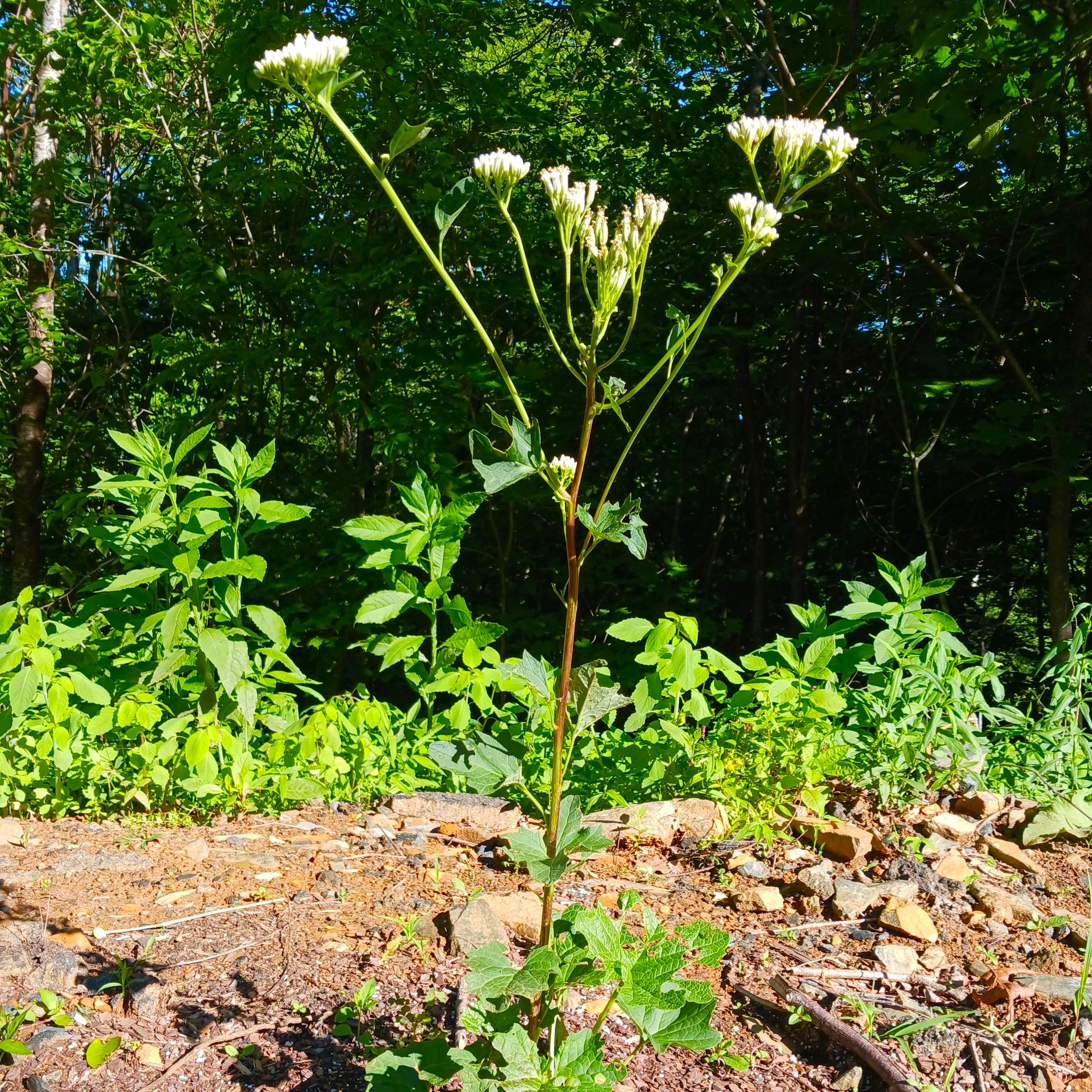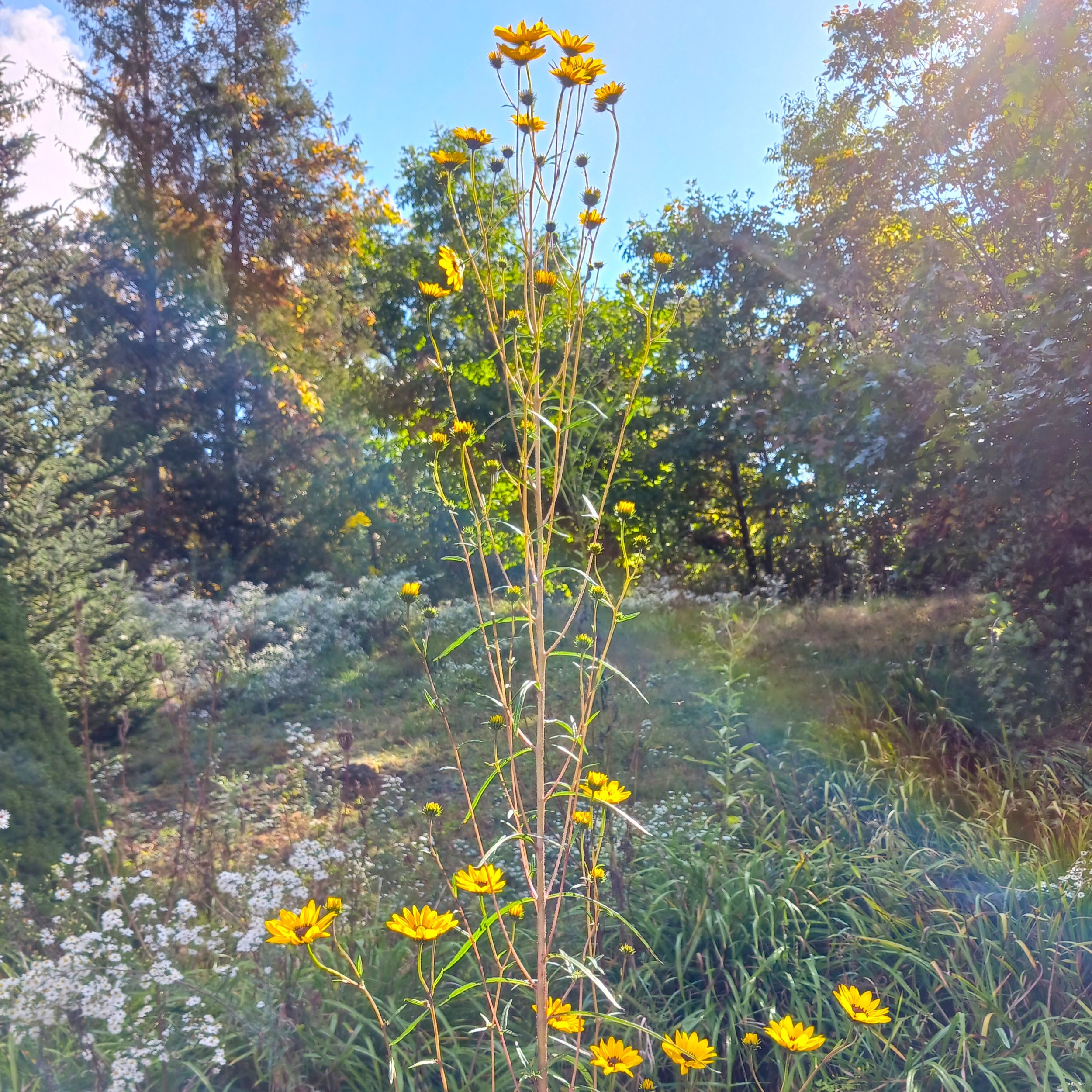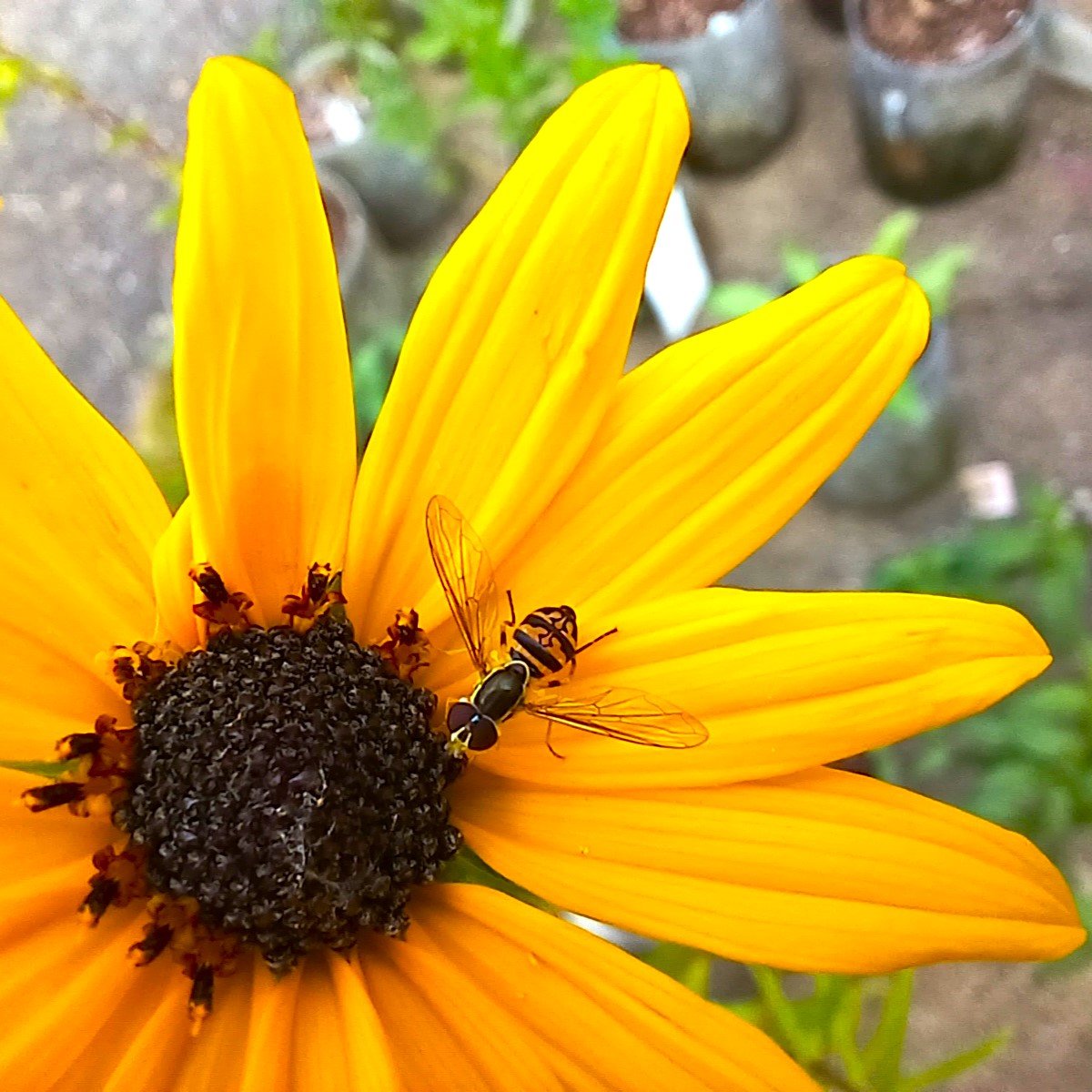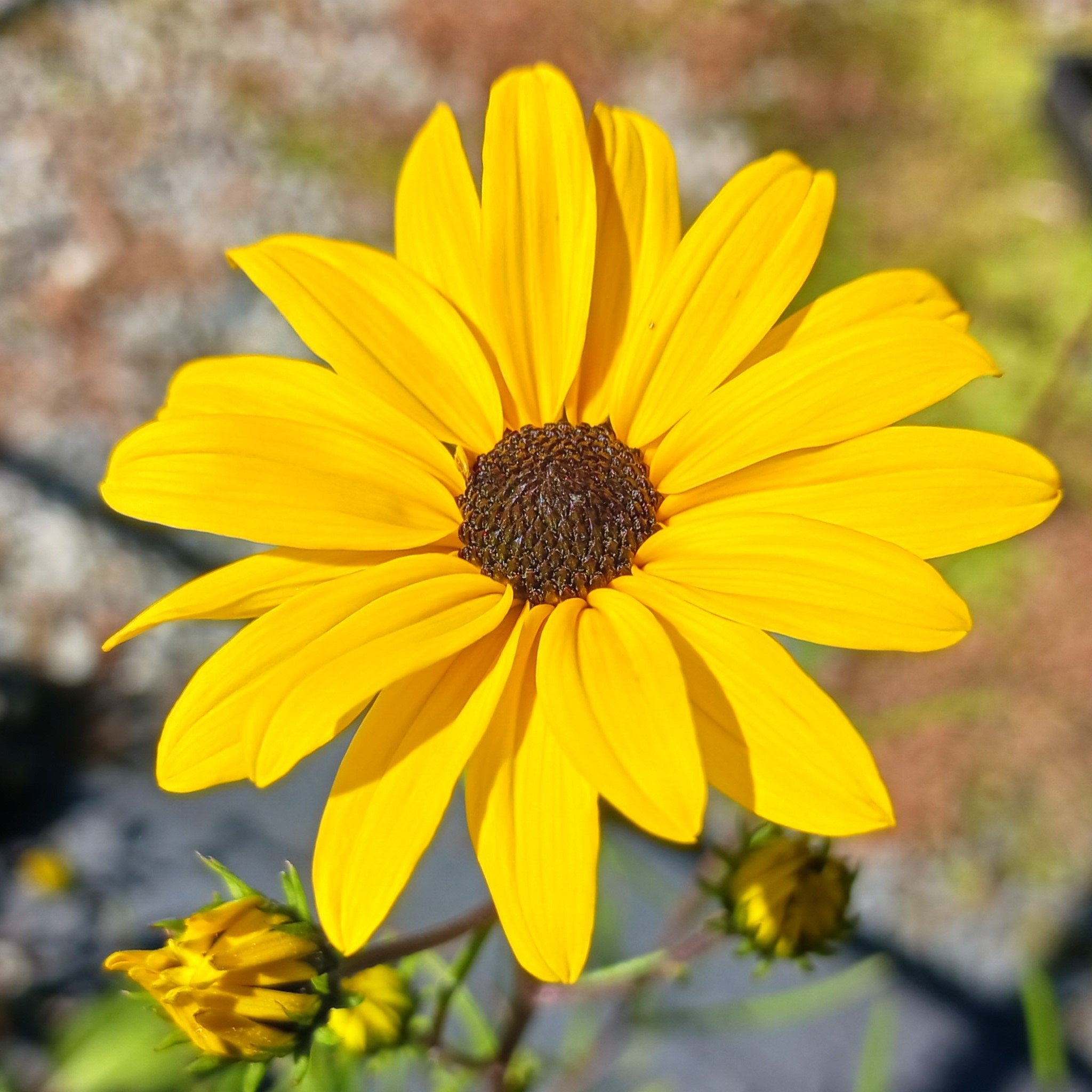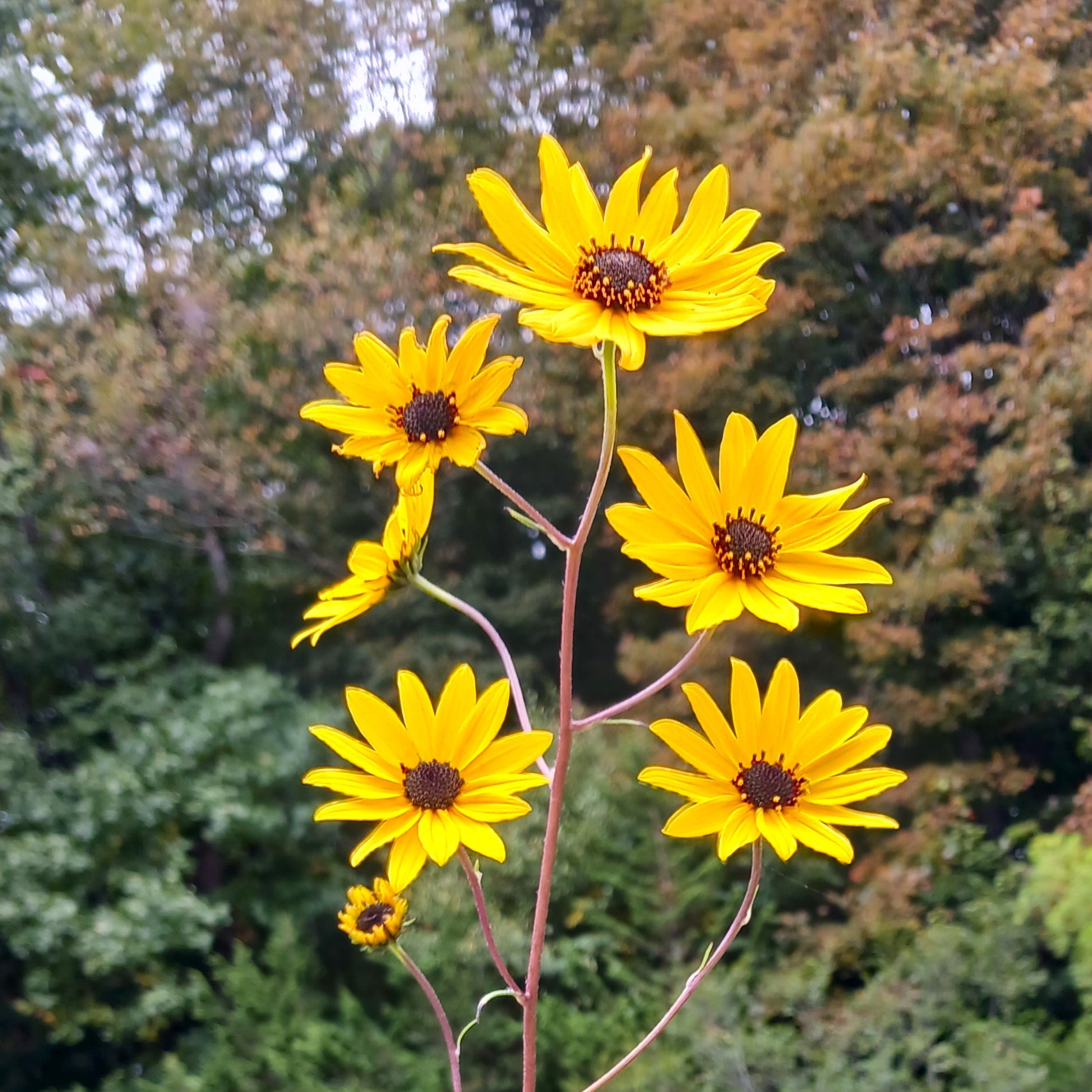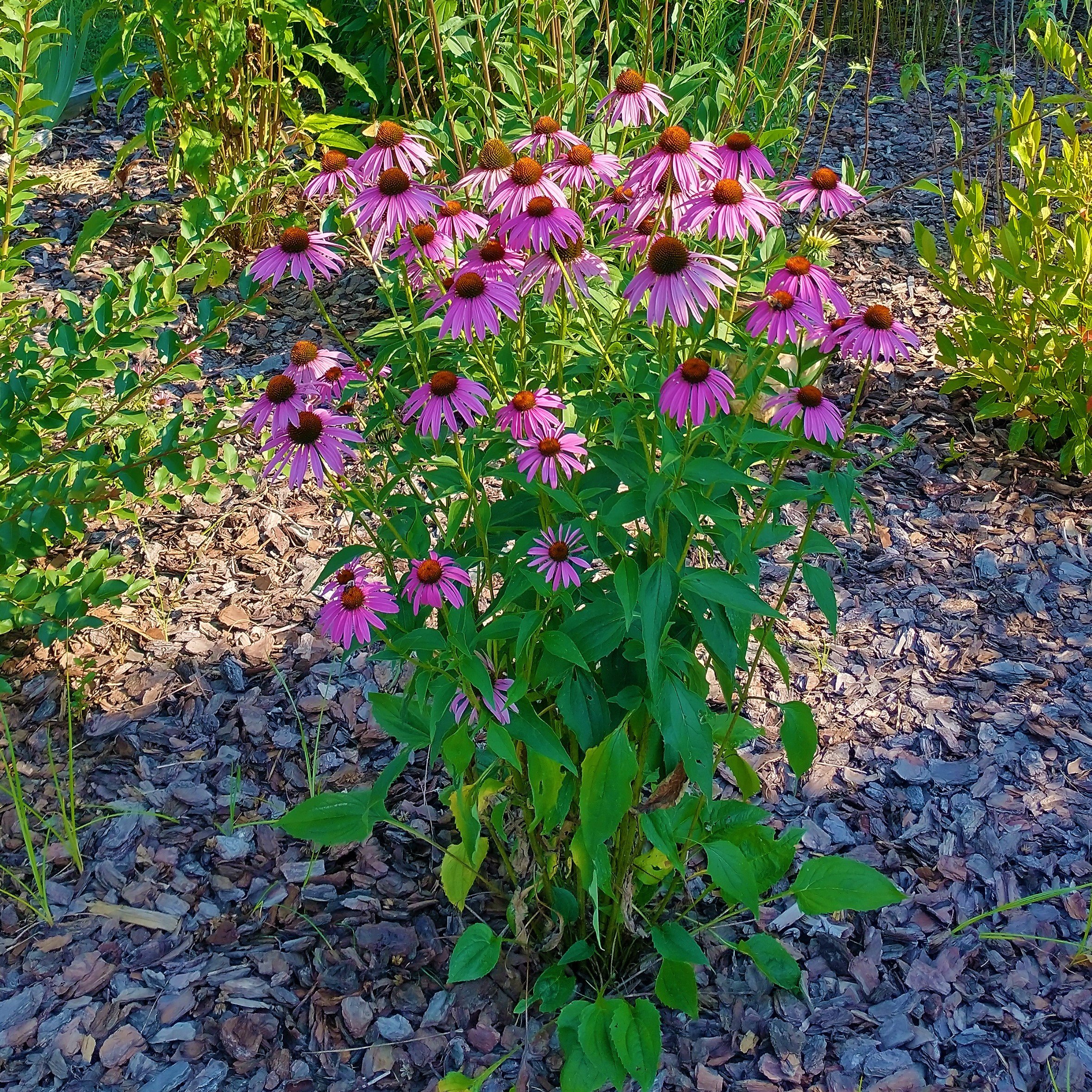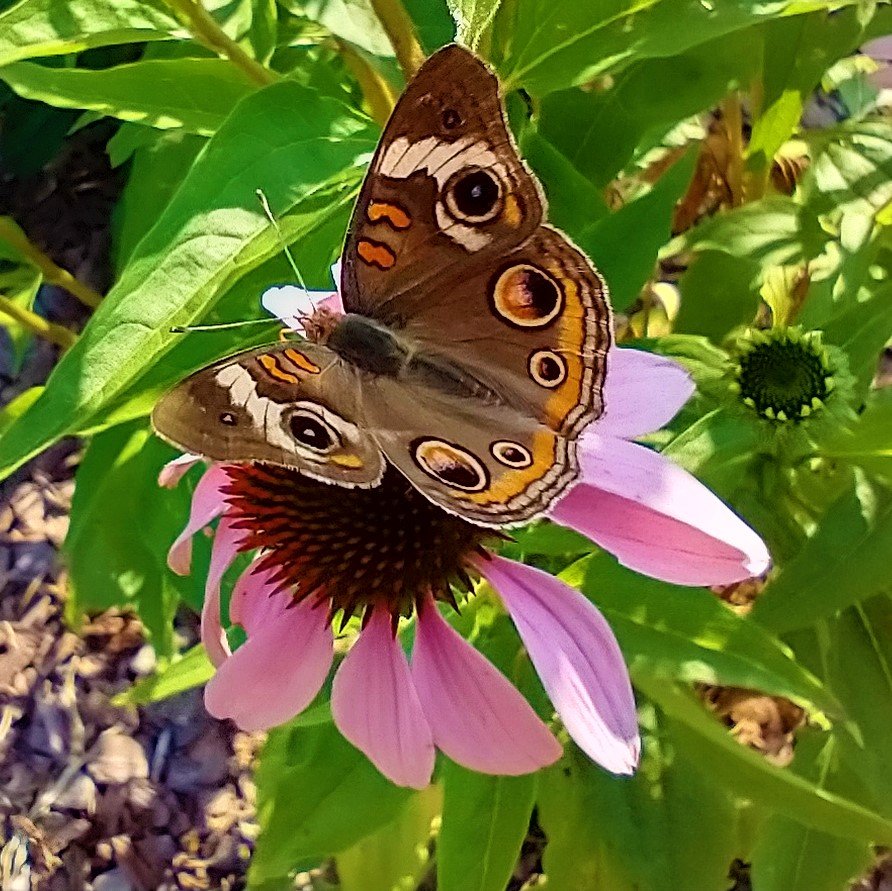Arnoglossum reniforme is a showy perennial for pollinator gardens or landscapes along woodland edges. It tolerates some shade and grows 4 to 6 feet, although in full sun and rich soil it may grow even taller. It has dense roots that reach deeply, but it does not spread, making it a good selection for home gardens. The leaves can appear large and showy like some ornamental plant species, although Arnoglossum reniforme usually needs 2 years to fully establish. Deer also tend to avoid this species over other options, but still may browse.
While Arnoglossum reniforme is a great wildflower for many pollinators, its key appeal is in how attractive it is for predatory insects. Many species of parasitic wasps and flies feed on nectar or pollen, while their larvae feed on garden pests. Some of the species known to be attracted to Arnoglossum are known for attacking some of the larger and more destructive pest insects, such as caterpillars, grubs, and stinkbugs. Combine Arnoglossum with species such as Zizia aurea, Eupatorium perfoliatum, and Scrophularia marilandica to keep those predators in the garden all season long. Additionally, butterflies feed on the flowers, and the large hollow stems can be left for stem-nesting insects.
Pollinators: bumblebees, little carpenter bees, sweat bees, yellow-faced bees, butterflies, moths, soldier beetles, flower flies, Tachinid flies, wasps
Host Plant for Butterflies/Moths: Sunflower Borer Moth (Papaipema necopina), 2 other species
Wildlife Value: Songbirds, shelter, hollow stems for stem-nesting insects
Deer Resistance: Good
Native Region: Appalachian Mountains
Seed Origin: USA
Light Recommendation: Full Sun, Part Sun
Soil Moisture Recommendation: Medium-wet, Moist, Medium
USDA Zones: 4-9
States found in our region: AL, GA, KY, MD, NC, PA, SC, TN, VA, WV
Other states found: AR, IL, IN, IA, MN, MO, MS, NJ, OH, OK, WI


